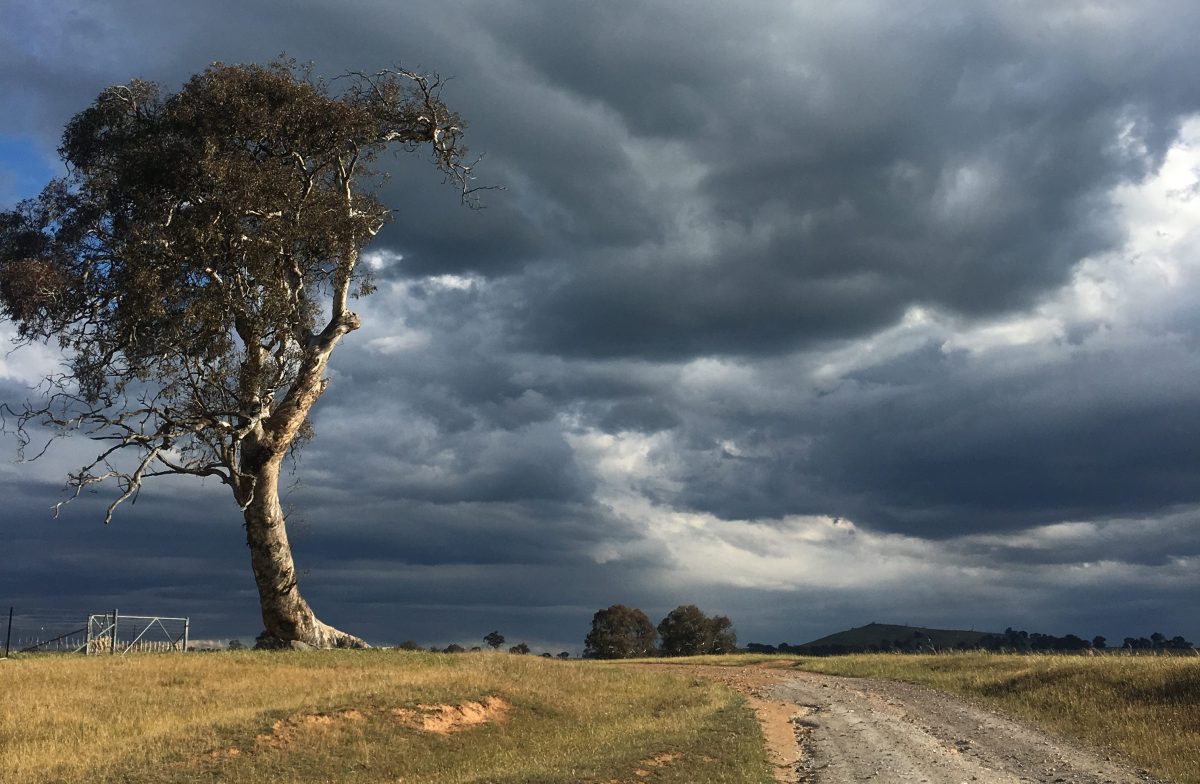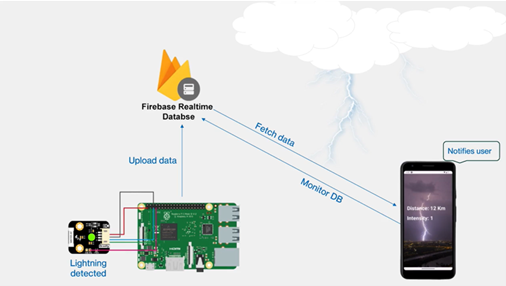
Nobody wants to get caught in an unexpected thunderstorm. Photo: Sally Hopman.
As September rapidly approaches, so too does the start of storm season for Canberra and its surrounds. While lightning doesn’t pose too much of a threat for those close to home, it pays to be aware of early warnings when you’re out and about in open areas.
With this in mind, a team of students from the University of Canberra’s Faculty of Science and Technology has come up with a unique lightning detection tool to better identify areas likely to be hit in a storm.
The system not only integrates versatile computer hardware with state-of-the-art lightning sensors to collect data, it also connects to a user-friendly app that provides real-time lightning strike analysis to end users.
Lead designer Sanjida Akter has a Bachelor’s degree in science, majoring in electrical and electronic engineering.
“Our cutting-edge system is designed to detect lightning strike frequency, intensity and location within a 40-kilometre radius in real time, providing crucial early warnings about approaching thunderstorms,” she says.
“Raspberry Pi acts as the brain of our system, running sophisticated Python software that processes sensor data and instantly communicates alerts from the ultra-precise DFRobot Gravity: Lightning Sensor.”
The system uses Google’s real-time database, Firebase, to upload lightning data. From here, the mobile app passes information on to the user.

While there has been other work done in the storm detection area, this project’s approach is slightly different. Image: Vishal Parmar.
This team is excited about the wide range of potential uses the future can bring for its technology.
The detection system could be used to improve coordination and speed up response times during severe weather events, help farmers protect their crops and livestock, keep the community safe from lightning-related accidents, and even help meteorologists track climate changes to develop better weather prediction models.
“By leveraging the versatility of Raspberry Pi, we’ve created a system that’s both accessible and powerful,” Sanjida says.
“The lightning sensor brings state-of-the-art precision and our unique use of trilateration algorithms allows us to accurately pinpoint lightning strikes.
“This approach democratises access to advanced lightning detection, making it available to communities that might otherwise be unable to afford such technology.”
Lead developer Vishal Parmar was responsible for designing the system’s architecture, including hardware and software integration.
He stresses continuous innovation and testing of new technologies is more crucial than ever.
“It’s been a challenge to combine different technologies for a cohesive, functional end product, but the result has been well worth it for us,” Vishal says.
“At the end of the day we aren’t just creating a product – we are fostering creativity and problem-solving, which are essential for addressing the ever-evolving needs of our communities.”
Jump online to find out more about research projects fuelled by the University of Canberra.
Original Article published by Morgan Kenyon on Riotact.



